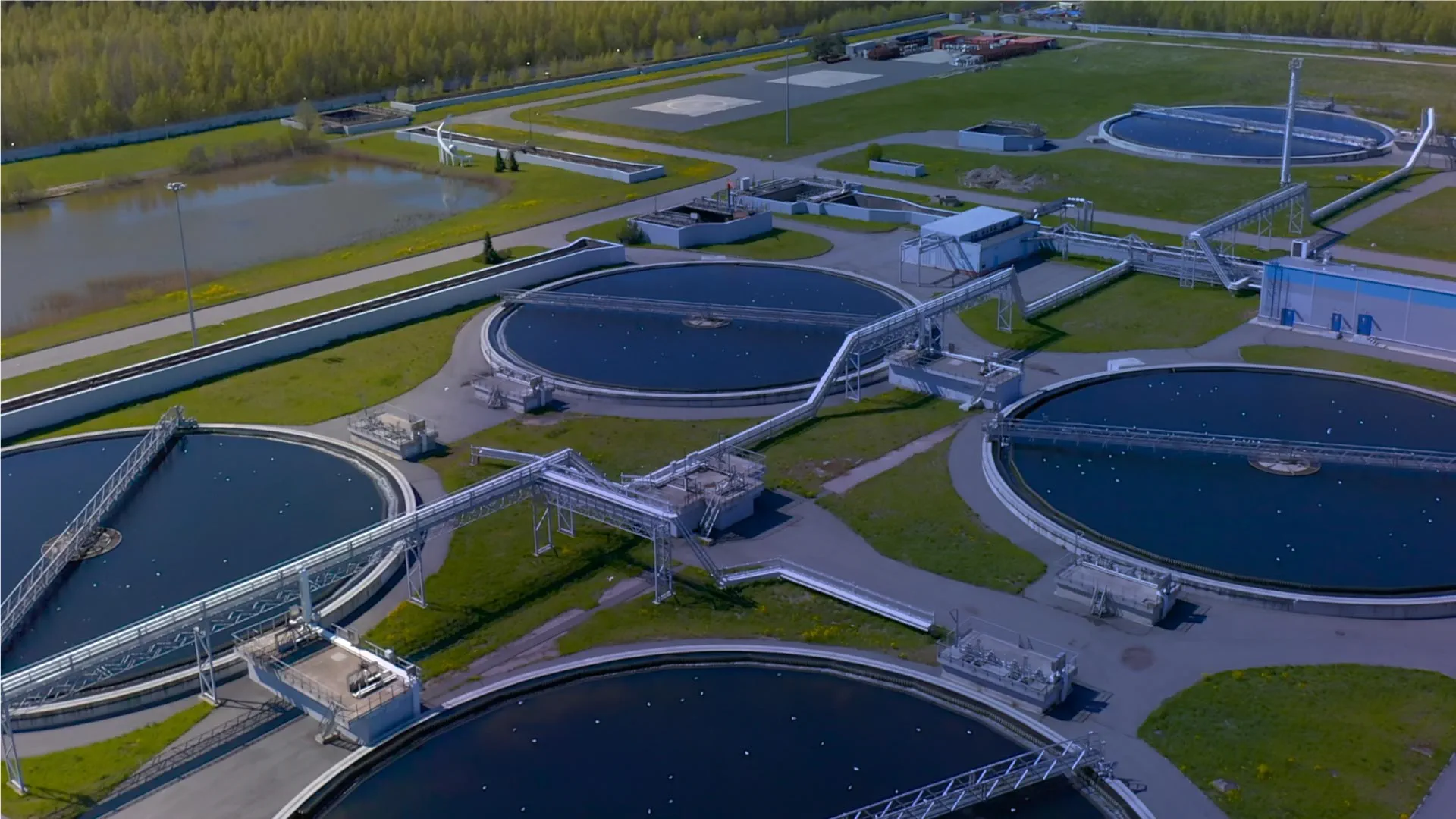Managing complexities in asset management – like having multiple conflicting data sources or relying on different operating systems– successfully and efficiently becomes more challenging for asset-intensive organizations in today’s highly competitive business environment. To get ahead of the competition, asset-intensive organizations should focus on investing in innovative technologies to radically – but not disruptively – transform and improve their operational processes.
While it might be daunting for some organizations to embark on their very own digital asset management journey, either because of the volume of their asset data or the challenges of employees getting up-to-speed with new digital systems. It’s well worth it for their business and their stakeholders as it can provide a reliable, always up-to-date single source of truth on the status of their assets. Centralizing your asset data makes evidence-based decision-making easier, resulting in quicker data-driven responses to changing influences. The question is: how do you start?
This guide outlines 5 steps that will help set you, and your organization, up for success as you begin your digitalization journey.
Step 1: Have the right mindset
Don’t be too concerned with the data that you currently have – whether it’s incomplete or hasn’t been updated. Everyone has to start somewhere. Begin with what you’ve got and learn from the process.
It’s worthwhile to try different processes until you have the right one for your organization when it comes to digitalization. In the end, shifting from disparate spreadsheets to the right software solutions makes for a more efficient process across your network and enables organization-wide access to the data.
Step 2: Keep your datasets consistent and reliable
Even if you’re concerned about poor data quality, don’t let this hold you back from starting. You can always rely on certain assumptions to fill in any relevant gaps that you might have.
Also, don’t worry about relevant integrations or systems when you’re only at the beginning of your journey. Start off small, work with the data you have, add supplementary datasets, and then move on to larger scale projects.
Step 3: Choose your key stakeholders and internal ambassadors
The best person to oversee the data is the person compiling the data. However, that’s not always the case in some organizations, especially in smaller ones where an executive or managing director may also share the responsibilities of an asset manager.
No matter the scale of your organization, it’s important to identify a data champion to drive and maintain the quality of your asset data. That means ensuring that your digitalized data is up-to-date and accurate by making it available across all functions and teams – many organizations use an asset management platform to make their data accessible.
Step 4: Correct poorly populated data and verify assumptions
Defining the important data fields and don’t worry about the others.This is a key step in the process of correcting poorly populated datasets. By focusing on the most important data, you can begin your initial analysis and then build upon it as additional data become available.
While it’s valid – and often necessary – to rely on certain assumptions at the start, over-reliance might not be a good regular practice. The key is balancing expert judgement and simple assumptions. Start with what you’ve got, change assumptions as necessary, and learn from the results.
Step 5: Maintain the quality of your dataset
Regularly refreshing your data is an integral part of the process to maintain the quality of your dataset. If your organization is using multiple systems, it’s critical to ensure you have up-to-date data in all systems.
After developing and incorporating a data refresh process and building that muscle memory, you can move to data integration further down the line, allowing an easier grasp in data maintenance. The goal is to create an organization-wide, up-to-date, single source of truth.
By applying a unified and accessible view to assess asset health in real time, digitalization makes it possible for organizations to be provided with detailed risk analyses of their assets and to be prepared for customer queries ahead of time.
Want to know more? Discover new insights and best practices when it comes to establishing and elevating your organization’s data maturity from Gen’s very own data professionals.
Watch the full Dealing in Data webinar here.
Did you find this information useful?
Did you find this information useful?
Thank you for your feedback!

 Back
Back









